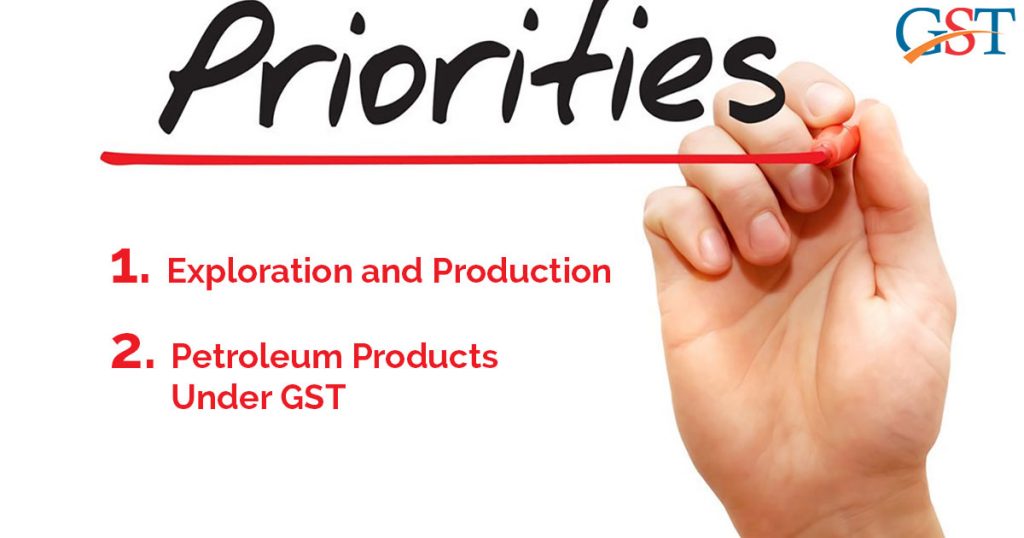
Petroleum products have drawn the new government’s eye of TLC onto itself. Now the emphasis is given on encompassing the key petroleum products in the goods and services tax (GST) sphere. At present, five petroleum products — petrol, diesel, crude oil, natural gas and aviation turbine fuel (ATF) — are out of the ambit of GST.
The new government looks forward to simplifying exploration and production (E&P) rules and regulations. A new separate scheme or strategy may be encountered as a result of the government’s step for the resurgence of the stranded or unutilised gas-based power projects. While the immediate priority is to persuade states like West Bengal, Bihar and Tamil Nadu for the insertion of the five petroleum products under GST as these states are not approving the same.
As a result of a decline in domestic oil and gas production, the attention will be given on encouraging and incentivising E&P area with the special chariness on deepwater and ultra-deepwater areas. This is going to be a huge motivation for OIL and ONGC.
“A lot of work was done including the launch of open acreage licensing policy (OALP) and discovered small field (DSF) rounds. Now, the focus should be on arresting the decline in domestic crude production,” said Debasish Mishra, partner at Deloitte Touche Tohmatsu in India.
Since the 2014-15, the nation is witnessing the continuous decline in the production of crude oil and natural gas with 4.7 per cent and 2.9 percent respectively with the regular and sound increment in the annual consumption. The launch of OALP and latest invention in the streams seems to elevate the production level in India. OALP comes along with advantages of a nil-cess levy, curtailed royalty rates, a revenue-sharing approach marketing independence for gas, etc.
Read Also: 100-day Agenda for New Government on Economic Investment & GST
Utpal Bora who is the chairman and managing director of Oil India also said “Main advantage of OALP over NELP is that of a no-cess levy, reduced royalty rates, marketing freedom for gas and a revenue-sharing model. We are happy with the incentives that the government has given. It is a big boost for OIL and ONGC. However, enhanced oil recovery (EoR) policy needs further review.”
Making the following strides, the ministry of petroleum and natural gas of India foresees the increment in crude oil production by 10 per cent from 34.75 million tonnes (mt) in 2018-19 to 38.34 mt in 2021-22. In the same way, natural gas production is anticipated to be doubled from the current production of 35.07 cm to 71.92 billion cubic meters by 2021-22.
“Most of the companies showing interest in OALP are domestic and, hence, the government should also consider giving the industry some incentives. Moreover, E&P norms can be eased. A GST Council like body may also be considered with participation from the states to make the sector more investor-friendly,” expressed by P Elango, M D of Hindustan Oil Exploration Company.
The agenda of the new government’s plans can further be extended towards growing the share of gas in energy mix the current 6 per cent to 15 per cent. The estimators say that imported liquefied natural gas is 40 per cent cheaper than imported crude oil. So, along with the increment in the production of gas and oil, the elevated share of gas in the energy mix is also a component of a strategy to boost the oil & gas sector.









